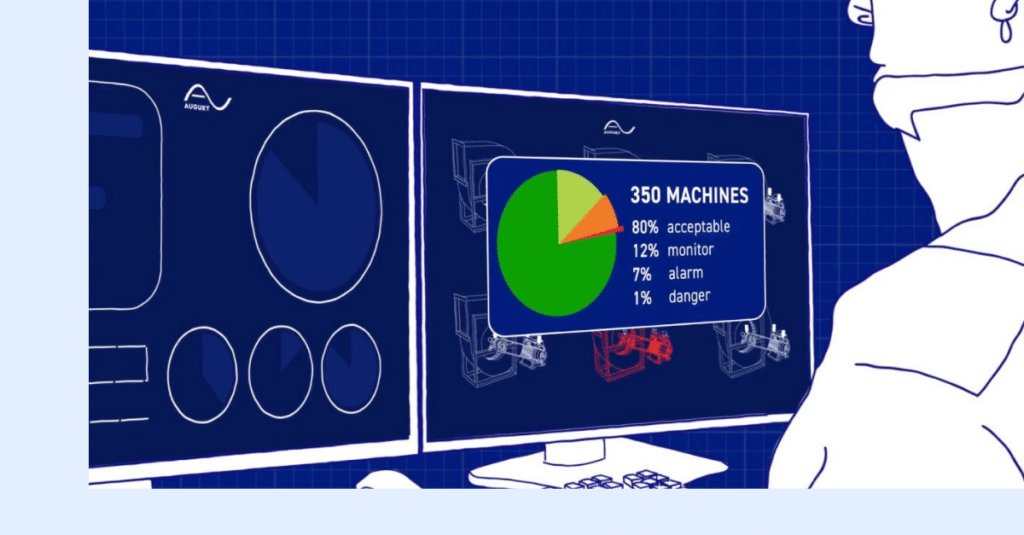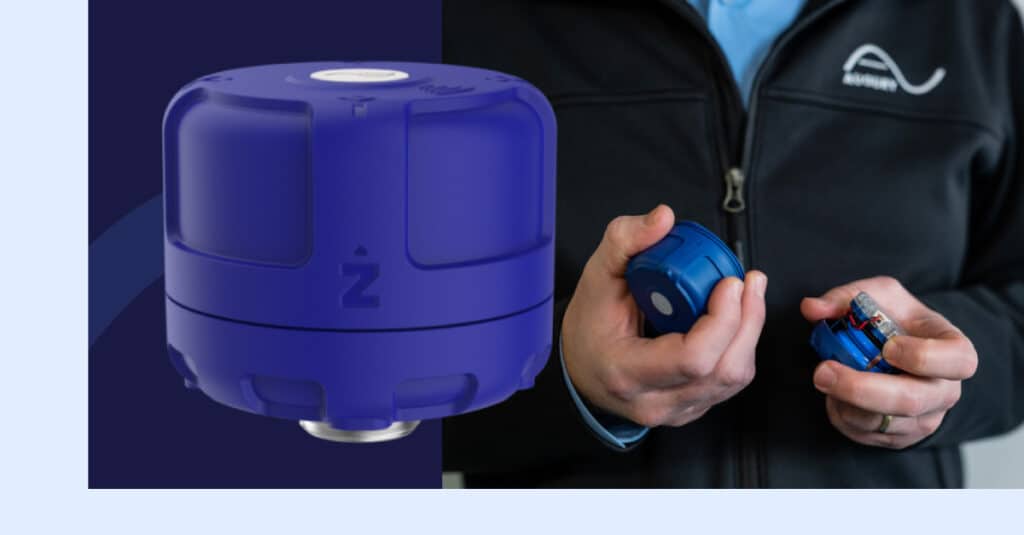
Once manufacturing leaders have seen successful implementation and adoption of initial machine health use cases at pilot sites, they must scale that value to other sites to realize the full potential of this industry 4.0 use case.
As leaders look to expand the use and value of innovative technologies, they can consider the learnings, mistakes, and challenges from pilot programs to inform an efficient and timely rollout to other sites. Beyond that, companies can also begin to increase value at existing sites by integrating with other systems and expanding to new types of value.
When you’ve achieved success in your first machine health rollouts, take these steps to scale this industry 4.0 initiative:
1) Write a Playbook
Take all the lessons learned from the initial sites and package them into a playbook. The playbook should outline best practices, forecast obstacles and challenges, and recommend workflows around using machine health data and taking a predictive and prescriptive approach to maintenance.
Don’t think of this playbook as just an installation checklist — it’s not about replicating the identical steps at every new site. Instead, it should collect valuable content and hard-won lessons that users can follow to adapt machine health use cases to their own unique settings and circumstances. Circulate the first version of the playbook widely and across all levels, then allow it to evolve organically for each site. Don’t limit the information to technical subjects, either — any insight into how to leverage machine health data successfully and generate value faster belongs in the playbook.
2) Enlist Influencers
The best way to guide new sites through adopting new technology is with champions who are already familiar with the process. These champions, or influencers, are people with hands-on experience who can work directly with technicians and managers at sites utilizing machine health data for the first time. Harnessing your champions will accelerate adoption.
Choose champions from pilot sites who show enthusiasm, flexibility, and an ability to learn quickly. Consider also who might make a good instructor or mentor. Be sure to nurture these champions and keep their motivation high by celebrating their successes along the way.
3) Add New Skills to Expand Value
Machine health insights can uncover systemic machine problems at a facility. For example, a pattern of misalignment problems indicate that it may be worth investing in laser alignment. Training at least one technician on site in laser alignment ensures that fewer misalignment issues will arise in the future, freeing up the rest of the maintenance team to work on other issues.
4) Derive New Value
While technology scales to new sites, let the existing sites evolve. For instance, as maintenance teams get more experience with predictive maintenance, they get better at interpreting warning signs, prioritizing maintenance tasks, and provisioning the resources at hand
Eventually, time-based reactive maintenance gives way to a condition-based approach, and the focus shifts from avoiding unplanned downtime to better planning scheduled downtime. Machine health data takes on new relevance and value with time, but maintenance teams need to be both allowed and encouraged to use this technology in bigger ways. Put differently, it’s important to scale an initiative both within a site and across multiple sites at the same time.
Industry 4.0 is here. Now, it’s up to manufacturers to keep pace or fall behind. To stay competitive and continue driving innovation in manufacturing, scale the value of machine health use cases to enhance every site.
Learn more about ‘The Road Map to Value for Digital Transformation of Maintenance in Manufacturing‘.




